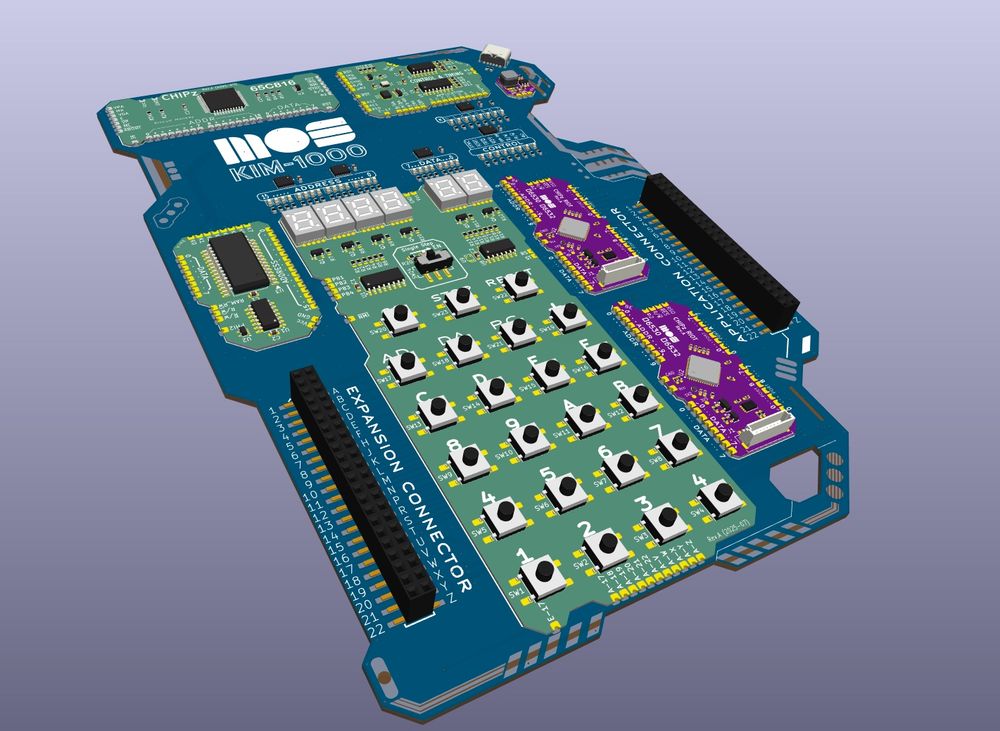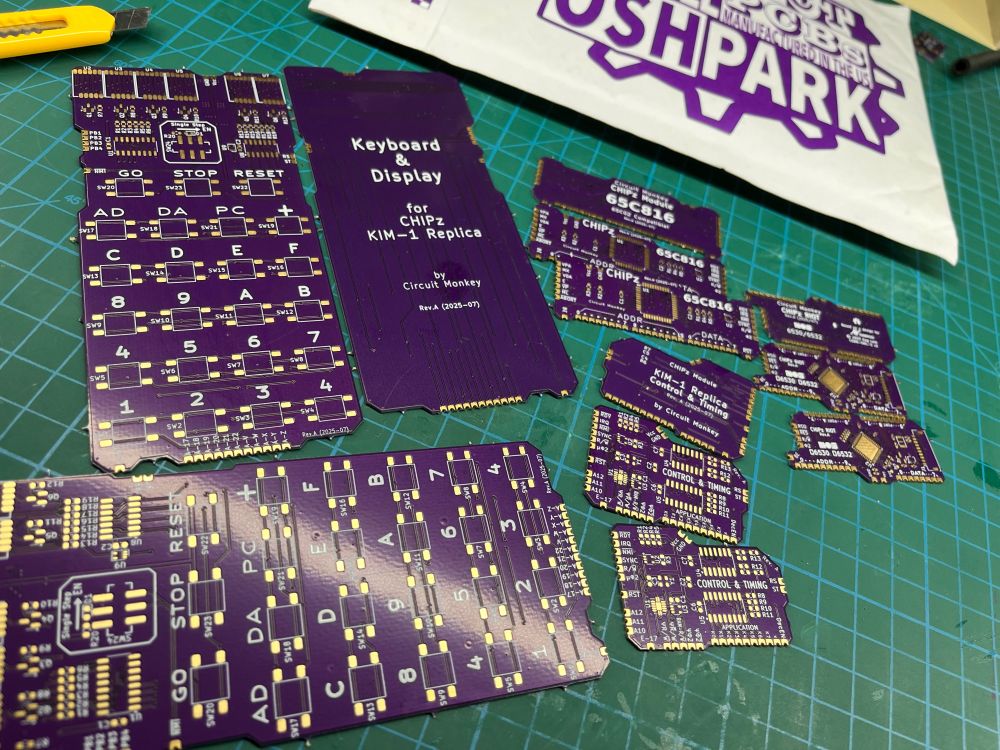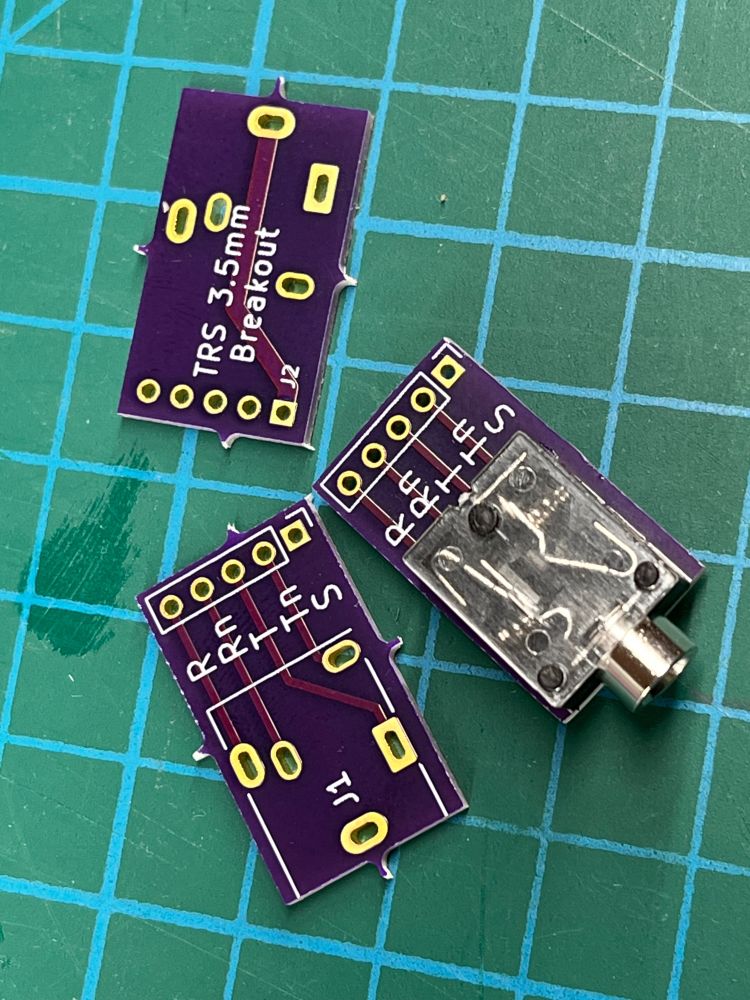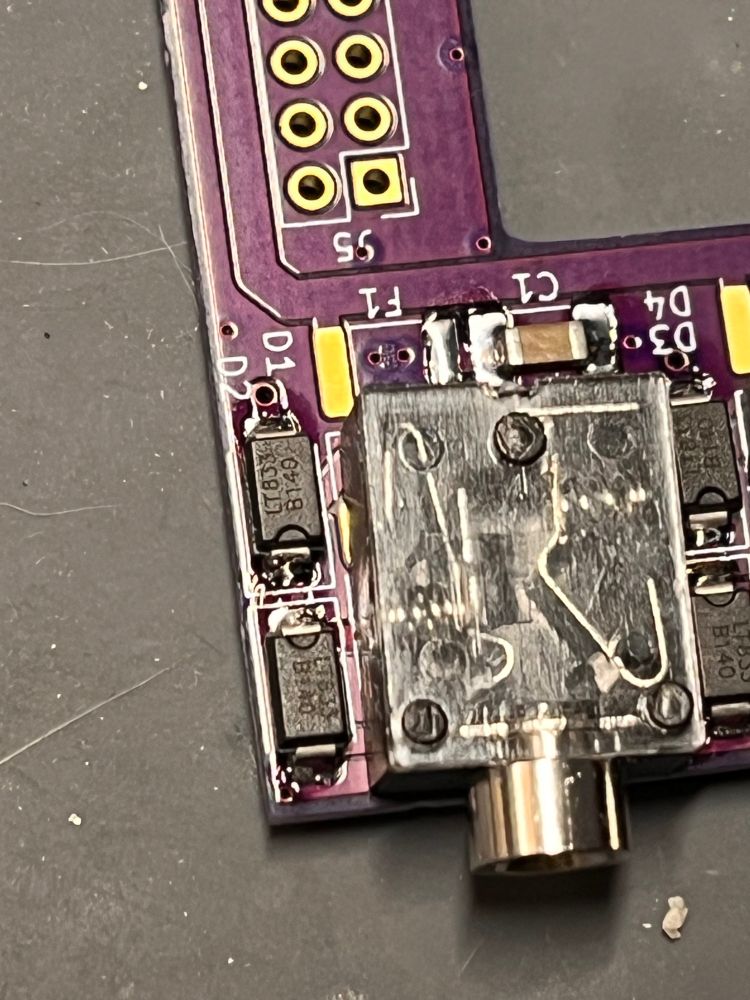Mark J. Koch
@markjkoch.bsky.social
230 followers
310 following
98 posts
Retired Digital Alchemist. Cyber Monk. Technologist. Containment Specialist at -redacted-. Sun Microsystems Labs Alumni. Former SFX specialist at Blue Man Group. Hobbies: Game Design in Java/JavaFX, Analog Synth, PCB design, Robots, Gardening, Cooking.
Posts
Media
Videos
Starter Packs
Mark J. Koch
@markjkoch.bsky.social
· Aug 25
Mark J. Koch
@markjkoch.bsky.social
· Aug 24
Mark J. Koch
@markjkoch.bsky.social
· Aug 18
Mark J. Koch
@markjkoch.bsky.social
· Aug 17
Mark J. Koch
@markjkoch.bsky.social
· Aug 10
Mark J. Koch
@markjkoch.bsky.social
· Aug 9
Mark J. Koch
@markjkoch.bsky.social
· Jul 22
Reposted by Mark J. Koch
Mark J. Koch
@markjkoch.bsky.social
· Jun 26
Mark J. Koch
@markjkoch.bsky.social
· Jun 24
Reposted by Mark J. Koch




















